Balloon Valvuloplasty: Step By Step Procedure
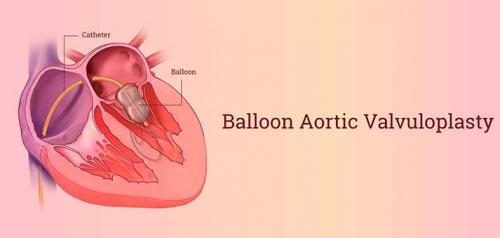
Summary
There are many types of mitral valve surgery and other such surgeries to treated damaged heart valves. Some of them including substituting the damaged heart valve with an artificial one such as aortic valve replacement surgery whereas some work on repairing the faulty heart valve. But the procedure of balloon valvuloplasty is way different, it widens up the narrowed heart valve and thereby, improves the associated symptoms. The maximum number out of the top 10 cardiologists in Gurugram recommend balloon valvuloplasty over other likewise treatments because of its safe methodology and minimized risks of side-effects and complications. Balloon valvuloplasty works on similar ways of balloon valvulotomy but is it comparatively safer. We talked to the best heart doctor in Gurugram to know in depth about the procedure of balloon aortic valvuloplasty in India and this article includes all the necessary details.
Article
Balloon valvuloplasty is commonly advised for treating mitral valve stenosis. It is a catheter based procedure which leaves less room for post-operative risks of side-effects and complications. Apart from mitral valve stenosis, balloon valvuloplasty is used for treating the following cases of heart valves too:
- Aortic valve stenosis
- Asymptomatic mitral valve stenosis
- Narrowed tricuspid valves
- Pulmonic valve stenosis
- Symptomatic severe valve stenosis
The procedure of balloon valvuloplasty
Balloon valvuloplasty is performed as per the standard procedure to retain its advantages over the other treatment options for a narrowed heart valve.
- The patient is kept under the influence of general anesthesia, it is administered through an intravenous line.
- A small incision is made on the groin or arm of the patient.
- This incision acts as an access point for inserting the catheter, the catheter is attached with a balloon on its one end.
- An X-ray imaging is used to guide the catheter to the narrowed heart valve.
- On reaching the narrowed heart valve, the balloon is inflated, it clears up the narrowed valve and separates the leaflets.
- Lastly, the balloon is deflated, and then, both the balloon and catheter are removed.
Advantages of balloon valvuloplasty
The nature of balloon valvuloplasty makes it one of the safest treatment options to treat a narrowed heart valve and separate the stuck leaflets of that affected heart valve. Balloon valvuloplasty serves two primary purposes:
- Alleviates the symptoms
By widening the narrowed heart valve, balloon valvuloplasty as a treatment reduces the symptoms which were being caused. By improving the symptoms, the patient gets relief and the heart starts to function normally and the patient’s health is back on track.
- Improves the blood flow
The broadening up of the narrowed valve facilitates the normal flow of blood which helps a lot in reaching the normal functioning of the heart. It also helps in controlling the blood pressure which could have increased due to the affected blood flow through the heart valve.
Risks after the balloon valvuloplasty
The process of balloon valvuloplasty is non-surgical and moreover catheter based which significantly reduces the types of risks which can be caused by surgical interventions. This makes balloon valvuloplasty more of a comparatively safe treatment option for faulty heart valves. But certainly, balloon valvuloplasty carries these risks after the treatment:
- Bleeding
After the catheter has been removed, the incision site can bleed. In usual circumstances, few preventive measures such as not bending the legs for a few hours after the operation can help in controlling the blood loss. If the condition worsens, doctors closely consider the matter to avoid any major blood loss.
- Chest pain
Even though balloon valvuloplasty is a non-surgical treatment but it yet interferes with the heart valve. The heart can suffer damage and chest pain can affect the patient after the treatment is complete and the effect of anesthesia fades off.
- Need for medications
Balloon valvuloplasty does not cure the underlying factor of the narrowed heart valve. Instead, it widens the narrowed heart valve and separates its leaflets (stenosis). This is why sometimes, doctors recommend heart medications for the patients even after a successful balloon valvuloplasty to constrict the deterioration of the heart valve in the future.
- Recurrence of the condition
The narrowing of the heart valve can be caused by the dietary intake and lifestyle of an individual. So, even if treatment through balloon valvuloplasty is successful, it cannot stop the deterioration of the heart valve in the future.
- Revision surgery
If the condition of the heart valve deteriorates again, performing balloon valvuloplasty again may be recommended. In severe cases, the heart valve is either repaired or replaced with an artificial valve.

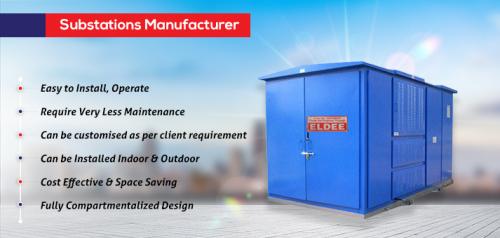


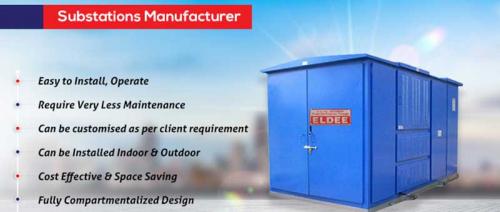

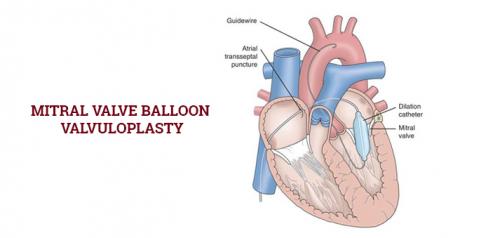
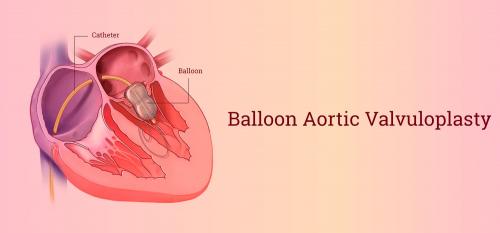

Comments